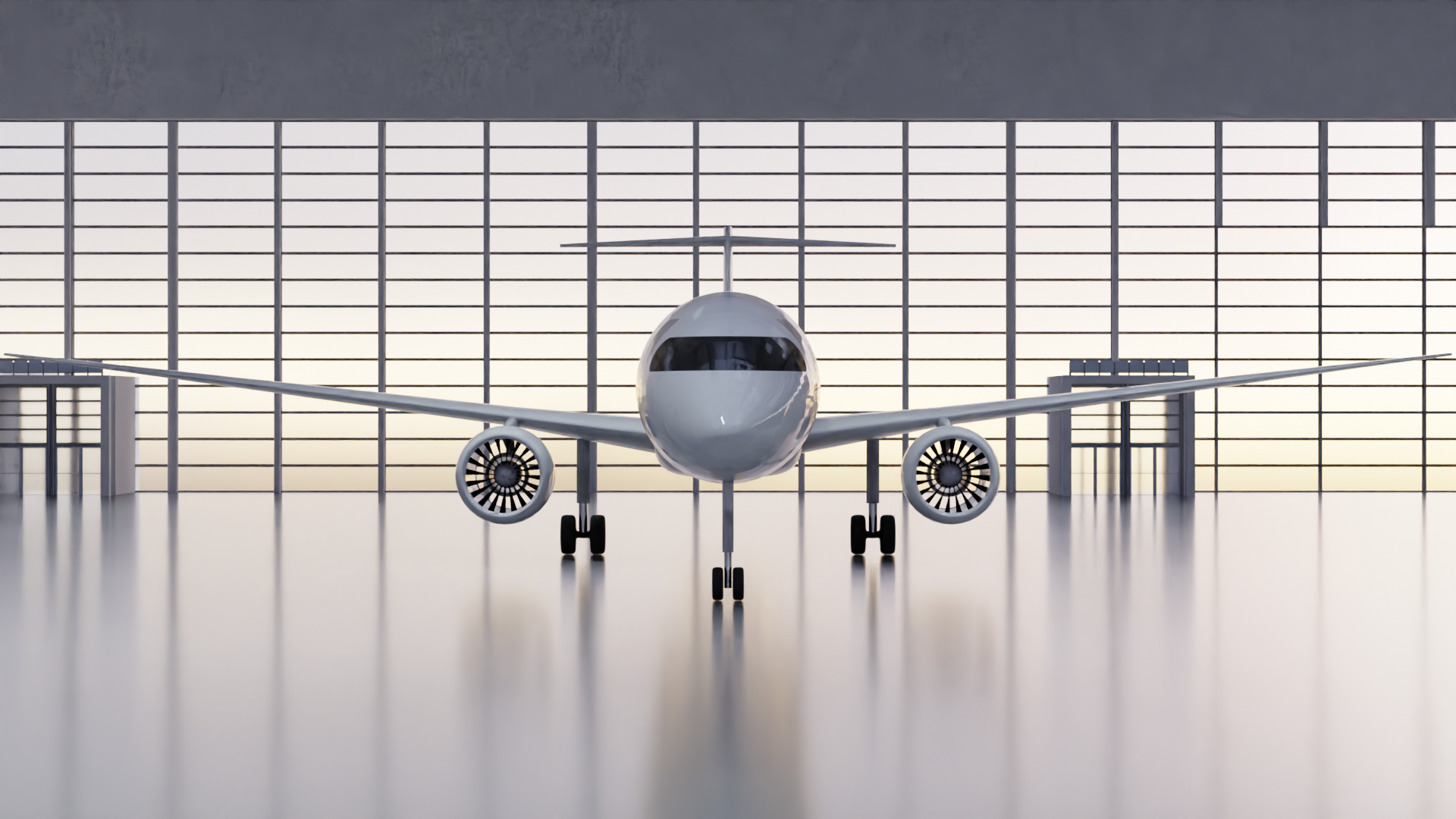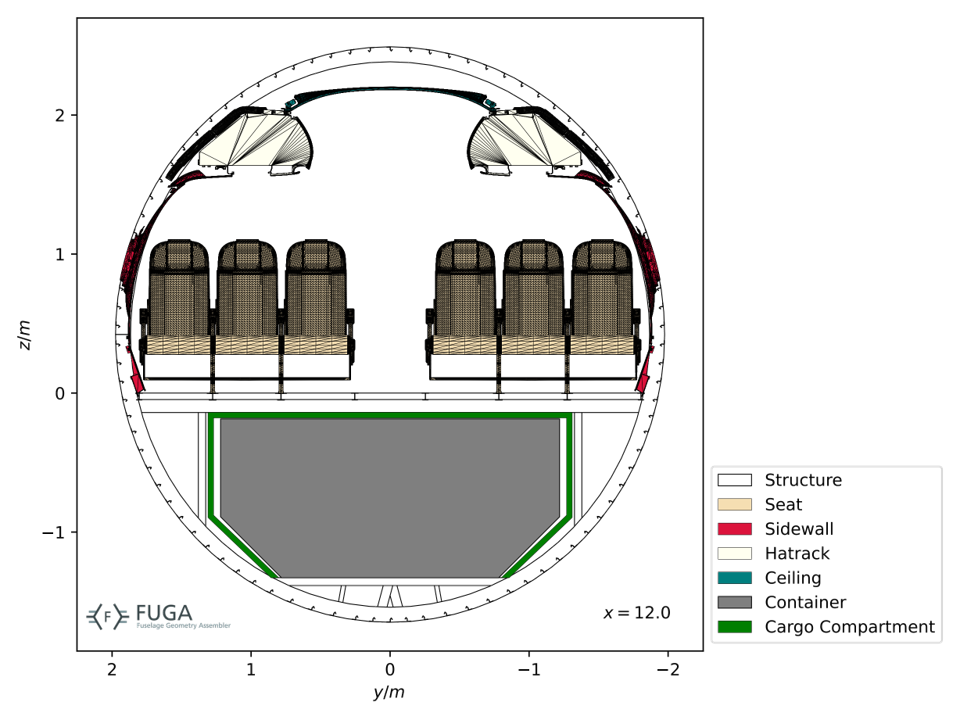The D250-TFLH2-MHEP-2040 is an innovative short-range aircraft. Developed for entry into service in 2040, the aircraft features the use of liquid hydrogen (LH2) as an energy source to power a Mild Hybrid Electric Propulsion (MHEP) system.
This system combines two gas turbines with fuel cells, allowing more efficient use of fuel, particularly on shorter flights. This reduces energy consumption and improves sustainability.
It is powered by liquid hydrogen (LH2), providing a clean energy alternative that supports the sustainable operation of the aircraft. To improve aerodynamic performance, the design incorporates foldable wingtips, allowing greater efficiency while still fitting within the 36-metre gate limit at airports. The carbon fibre reinforced polymer (CFRP) wing structure reduces the weight of the wings, improving overall performance and efficiency.In addition to these technologies, the aircraft uses an all-electric on-board system architecture, further boosting energy efficiency. The design range is shorter than that of many current short-haul aircraft, at 2800 kilometres, balancing energy consumption while still covering over 85% of the short-haul market.
This aircraft concept represents a significant step towards the future of aviation, combining novel- technologies with a focus on sustainability, efficiency, and the ability to meet future market needs.
Project & Partners
The aircraft was designed in the DLR-project
EXACT as one of the most promising future aircraft concepts with the potential to reduce climate impact drastically while being economically viable. It was designed to enter into service in 2040.
Outlook
The detailed integration of the MHEP system into the aircraft and the electric motors in the gas turbine will be studied in detail in future. Furthermore, synergies with the on-board systems as well as advantages in gas turbine design should be investigated in detail.
Technical background information
The Mild-Hybrid-Electric-Propulsion (MHEP) Architecture
The MHEP system consists of two turbofan engines for main power and polymer exchange membrane (PEM) fuel cells for off-design operation, both powered by LH2. The idea is to replace the gas turbine power with the fuel cell during low-power and off-design phases (taxiing, descent). In order to be able to fly these phases on fuel cell power alone, the on-board system must also be powered by the fuel cell. The gas turbine achieves high efficiencies at high power levels and high power settings, as well as high gravimetric power densities. The fuel cell, on the other hand, provides high efficiencies also at low power levels and especially at low power settings, but has rather low power densities. The MHEP architecture combines the advantages of these two power sources and reduces energy consumption, especially for shorter missions.









